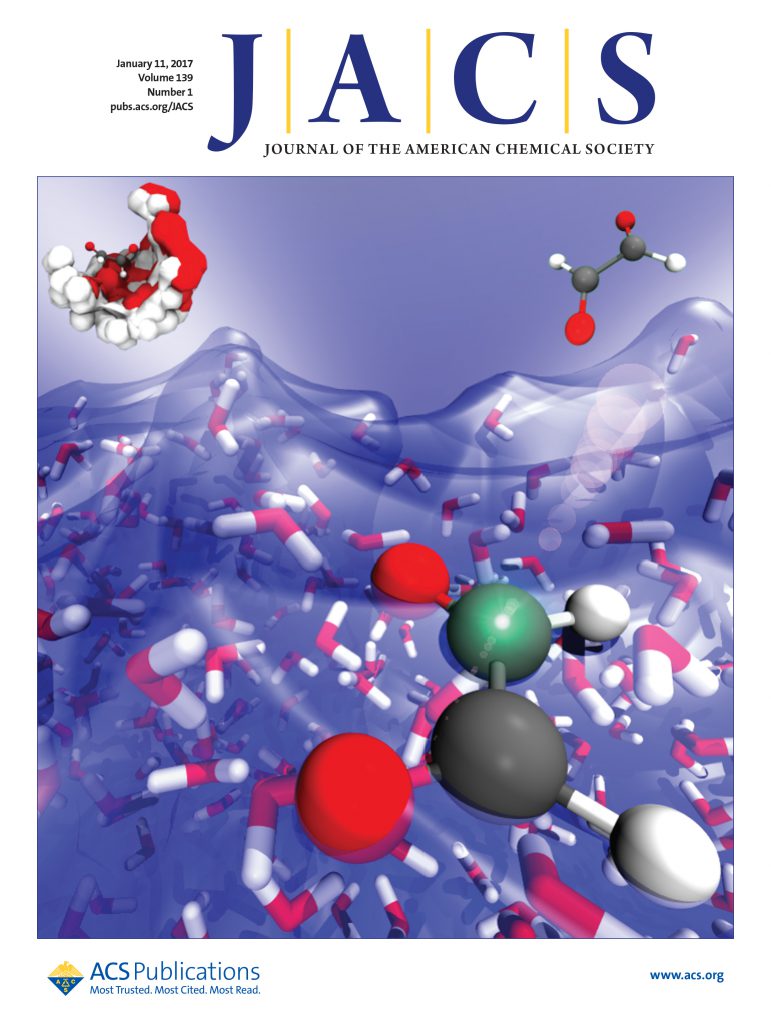Mechanical and Covalent Tailoring of Copper Catenanes for Selective Aqueous Nitrate-to-Ammonia Electrocatalysis
IF 14.4
1区 化学
Q1 CHEMISTRY, MULTIDISCIPLINARY
引用次数: 0
Abstract
Electrocatalytic nitrate reduction reaction (NO3RR) for the selective generation of ammonia (NH3) enables the removal of deleterious nitrate pollutants while simultaneously upcycling them into a value-added fertilizer. The development of nonprecious metal-derived catalysts such as those featuring copper (Cu) as earth-abundant alternatives for the state-of-the-art precious metal catalysts is of urgent need yet suffering from the activity–selectivity–durability trilemma. Rational design of molecular Cu complexes with well-defined coordination structures permitting systematic structure–activity relationship (SAR) investigations is key to addressing the challenge. Here, a series of molecular Cu(I) complexes with [2]catenane ligands are developed as NO3RR electrocatalysts for the first time. By engineering multiple cationic ammoniums on the catenane backbone, acceptance of the anionic nitrate substrate as well as the release of the cationic ammonium product are promoted, thereby facilitating a higher Faradaic efficiency and product selectivity toward ammonia via an 8e– pathway. Of note, the mutual Coulombic repulsion between the multiply charged ligands is overcome by the mechanical interlocking such that the catalyst integrity can be maintained under practical conditions. This report highlights the promise of employing mechanically interlocked ligands as a platform for customizing metal complexes as catalysts for redox processes involving multiple proton-coupled electron transfer steps.

求助全文
约1分钟内获得全文
求助全文
来源期刊
CiteScore
24.40
自引率
6.00%
发文量
2398
审稿时长
1.6 months
期刊介绍:
The flagship journal of the American Chemical Society, known as the Journal of the American Chemical Society (JACS), has been a prestigious publication since its establishment in 1879. It holds a preeminent position in the field of chemistry and related interdisciplinary sciences. JACS is committed to disseminating cutting-edge research papers, covering a wide range of topics, and encompasses approximately 19,000 pages of Articles, Communications, and Perspectives annually. With a weekly publication frequency, JACS plays a vital role in advancing the field of chemistry by providing essential research.

 求助内容:
求助内容: 应助结果提醒方式:
应助结果提醒方式:


